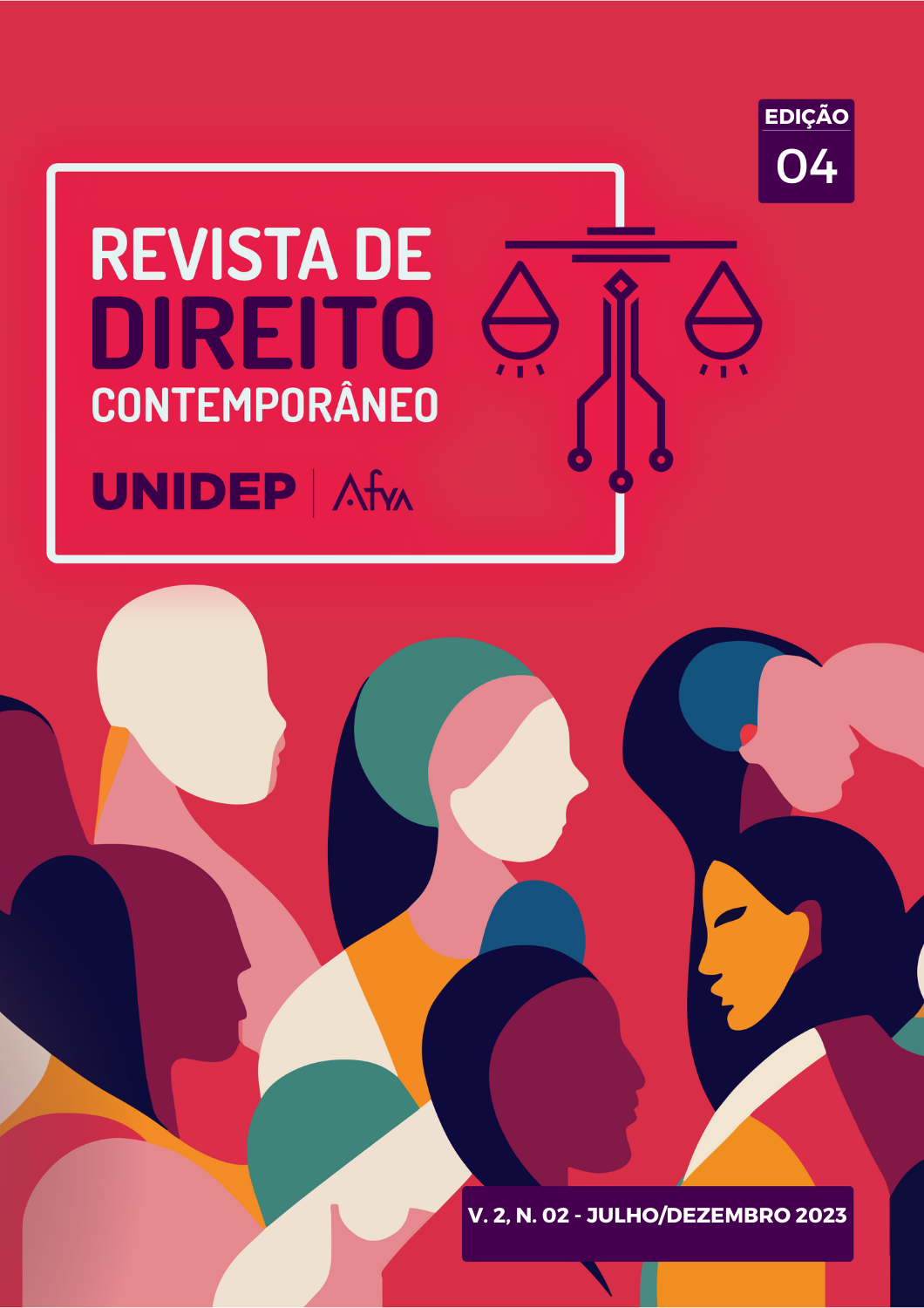FALSE MEMORIES, STRUCTURAL RACISM AND THE USE OF PHOTOGRAPHIC RECOGNITION IN CRIMINAL PROCEEDINGS
Abstract
This article seeks to walk with the studies of the psychology of false memories, with the intention of breaking beliefs built on how human memory works, something extremely complex, which has been the object of study of psychology for more than thirty years. Furthermore, beyond false memories, the present work seeks to ally itself with social studies on structural racism with the intention of bringing to light the reasons why the interpretation and practical use of the people recognition, specifically with regard to the use of photographic recognition, in the context of police investigation, has the potential to generate social injustice as a result, especially of a racial nature, synthesizing a system of unfair punishment of innocent people, mostly young, black and vulnerable. The legislative wording in focus is brought by Art. 226, of the Criminal Procedure Code, whose interpretation and application resulted in the unjust conviction of part of the population, especially the one described above, and, therefore, is a topic widely discussed by the courts and doctrine.
Downloads
Published
How to Cite
Issue
Section
License
Copyright (c) 2023 Revista de Direito Contemporâneo UNIDEP

This work is licensed under a Creative Commons Attribution-NonCommercial 4.0 International License.
You are free to:
- Share — copy and redistribute the material in any medium or format
- Adapt — remix, transform, and build upon the material
- The licensor cannot revoke these freedoms as long as you follow the license terms.
Under the following terms:
-
Attribution — You must give appropriate credit, provide a link to the license, and indicate if changes were made. You may do so in any reasonable manner, but not in any way that suggests the licensor endorses you or your use.
-
NonCommercial — You may not use the material for commercial purposes.
- No additional restrictions — You may not apply legal terms or technological measures that legally restrict others from doing anything the license permits.
Notices:
- You do not have to comply with the license for elements of the material in the public domain or where your use is permitted by an applicable exception or limitation.
- No warranties are given. The license may not give you all of the permissions necessary for your intended use. For example, other rights such as publicity, privacy, or moral rights may limit how you use the material.



